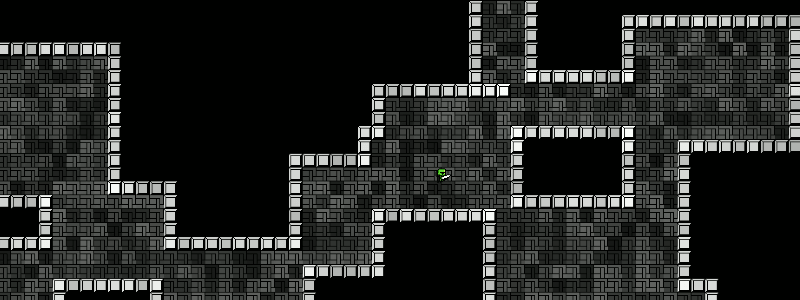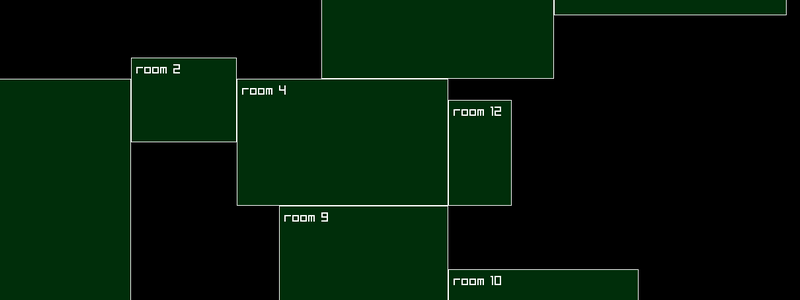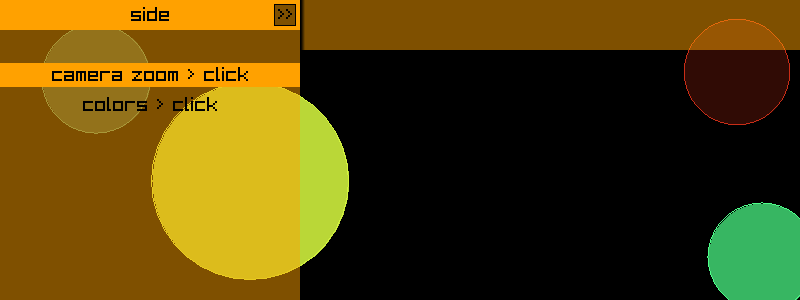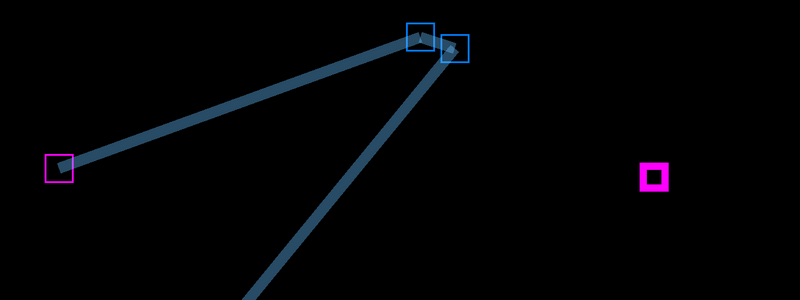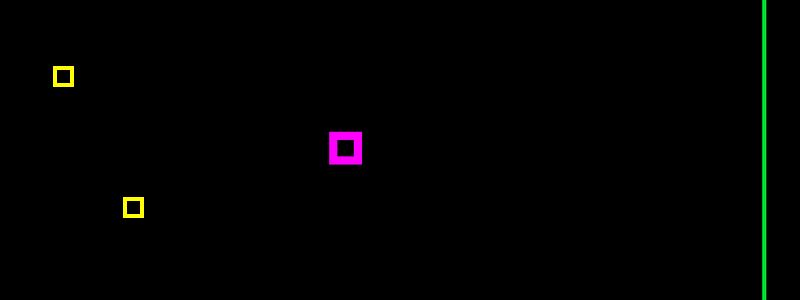Animated Logo > 2D
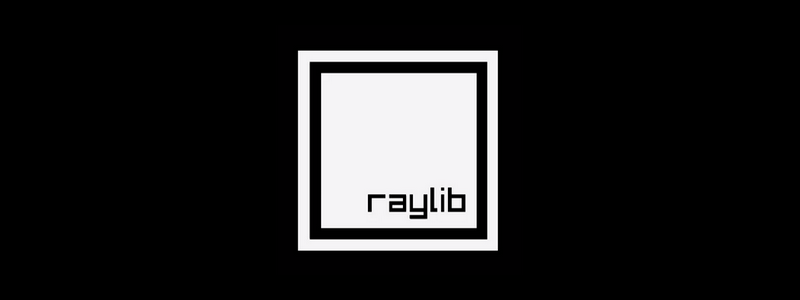
Contents
Animated Logo
Demonstrates drawing of a simple horizontal scrolling Go logo as well as an animated Raylib logo using images textures stored in a slice. SPACE key to restart the animation. View on Github
Before you start
I am a self taught Go programmer and do it as a hobby, the code below is my own interpretation of how to do something, probably not the only way or the best way. This is intended as a resource to learn some basic Raylib and Go game dev skills. If you want to use any of the code anywhere else, feel free to do so.
Code
package main
import (
"fmt"
rl "github.com/gen2brain/raylib-go/raylib"
)
/* MORE RAYLIB GO EXAMPLES ARE AVAILABLE HERE:
https://github.com/unklnik/raylib-go-more-examples
*/
var (
raylibAnim []rl.Texture2D //SLICE OF RAYLIB LOGO IMAGE FRAMES
gologo rl.Texture2D //TEXTURE OF GO LOGO IMAGE
goLogoRec = rl.NewRectangle(0, 0, 400, 160) //RECTANGLE SIZE OF GO LOGO IMAGE
raylibFrameNum int //FRAME NUMBER FOR ANIMATION
raylibRec = rl.NewRectangle(0, 0, 288, 288) //RECTANGLE SIZE OF RAYLIB LOGO IMAGE
introT1 = fps * 2 //TIMER BETWEEN ANIMATIONS
introT2 = fps * 2 //TIMER BETWEEN ANIMATIONS
goLogoDrawRec rl.Rectangle //DRAW RECTANGLE FOR GO LOGO
fps = int32(60) //FRAMES PER SECOND
cnt rl.Vector2 //SCREEN CENTER
scrW, scrH int // SCREEN WIDTH & HEIGHT
frames int //FRAME COUNTER
)
func main() {
rl.InitWindow(0, 0, "animated logo - raylib go - https://github.com/unklnik/raylib-go-more-examples")
scrW, scrH = rl.GetScreenWidth(), rl.GetScreenHeight() // GET SCREEN SIZES
rl.SetWindowSize(scrW, scrH) // SET WINDOW SIZE
//rl.ToggleFullscreen() // UNCOMMENT IF YOU HAVE DISPLAY ISSUES WITH OVERLAPPING WINDOW BARS
cnt = rl.NewVector2(float32(scrW/2), float32(scrH/2))
camera := rl.Camera2D{} // DEFINES THE CAMERA
camera.Zoom = 1.0 //SETS CAMERA ZOOM
gologo = rl.LoadTexture("img/gologo.png") //LOAD GO LOGO IMG
for i := 0; i < 57; i++ { //LOAD RAYLIB LOGO FRAMES INTO SLICE
txt := fmt.Sprint(i) + ".png"
if i < 10 {
txt = "0" + txt
}
txt = "img/raylib_logo/" + txt
raylibAnim = append(raylibAnim, rl.LoadTexture(txt))
}
startAnim()
rl.SetTargetFPS(fps) // NUMBER OF FRAMES DRAWN IN A SECOND
for !rl.WindowShouldClose() {
frames++ //FRAME COUNTER
if rl.IsKeyPressed(rl.KeySpace) { //RESTART KEY
startAnim()
}
rl.BeginDrawing()
rl.ClearBackground(rl.Black)
rl.BeginMode2D(camera)
if introT1 > 0 { //IF INTRO TIMER 1 IS LARGER THAN ZERO THEN DRAW GO LOGO
rl.DrawTexturePro(gologo, goLogoRec, goLogoDrawRec, rl.Vector2Zero(), 0, rl.White)
if goLogoDrawRec.X < cnt.X-goLogoDrawRec.Width/2 { //MOVE LOGO TO CENTER
goLogoDrawRec.X += 20
} else { //WHEN AT CENTER THEN DECREASE TIMER
introT1--
}
} else if introT2 > 0 { //IF INTRO TIMER 2 IS LARGER THAN ZERO & INTRO TIMER 1 IS ZERO THEN DRAW
siz := float32(320) //SIZE OF RECTANGLE
rec := rl.NewRectangle(cnt.X-siz/2, cnt.Y-siz/2, siz, siz)
rl.DrawTexturePro(raylibAnim[raylibFrameNum], raylibRec, rec, rl.Vector2Zero(), 0, rl.White)
if raylibFrameNum < len(raylibAnim)-1 {
if frames%3 == 0 { //ADVANCE DRAW IMAGE EVERY 3 FRAMES
raylibFrameNum++
}
}
}
rl.DrawText("SPACE KEY TO RESTART", 10, 10, 20, rl.White)
rl.EndMode2D()
rl.EndDrawing()
}
rl.UnloadTexture(gologo) //UNLOAD FROM MEMORY
for i := 0; i < len(raylibAnim); i++ {
rl.UnloadTexture(raylibAnim[i])
}
rl.CloseWindow()
}
func startAnim() { //RESET THE ANIMATION
goLogoDrawRec = rl.NewRectangle(0-goLogoRec.Width, cnt.Y-goLogoRec.Height/2, goLogoRec.Width, goLogoRec.Height) //CREATE GO LOGO RECTANGLE OUTSIDE LEFT SCREEN BORDER
introT1 = fps * 2
introT2 = fps * 2
raylibFrameNum = 0
}
Video
Want to give it a Go?
To start making games with Go and Raylib you will need:
- Go - https://go.dev/
- TDM-GCC - https://jmeubank.github.io/tdm-gcc/
- Git - https://git-scm.com/downloads
- Go Bindings for Raylib - https://github.com/gen2brain/raylib-go
- Visual Studio Code - https://code.visualstudio.com/
You can, of course, use other code editors however VS Code is my own personal preference

